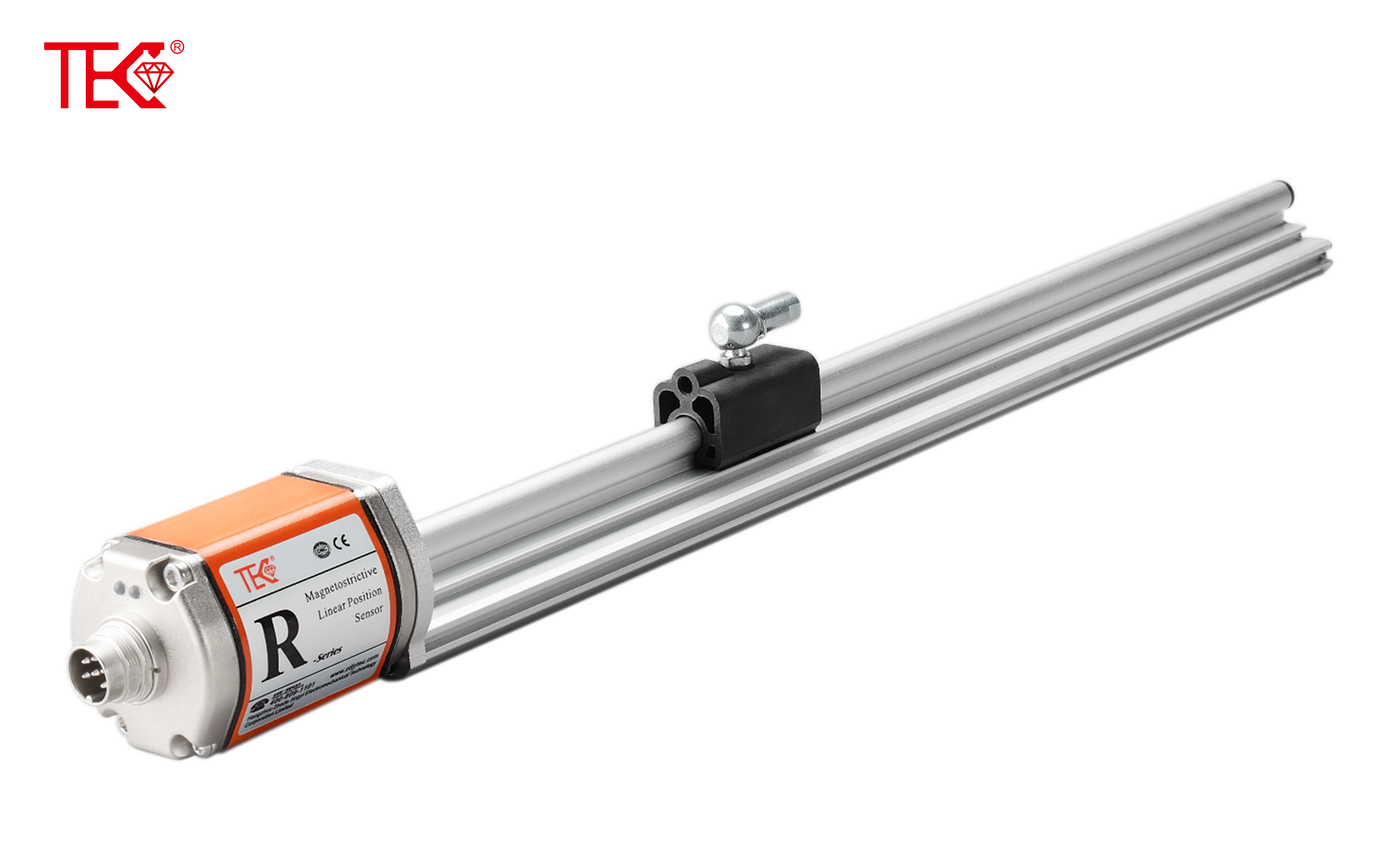What Are the Advantages of Magnetostrictive Sensors for Displacement Measurement?
The Advantages of Magnetostrictive Sensors for Displacement Measurement
In the field of precision measurement, magnetostrictive sensors have proven to be a reliable and efficient tool for displacement measurement. Their unique operating principles and inherent characteristics make them stand out among various sensing technologies.
Firstly, the magnetostrictive effect, which is the core operating principle of these sensors, allows for high-precision displacement measurements. By utilizing the interaction between magnetic fields and materials exhibiting magnetostrictive properties, these sensors can detect even minute changes in position with remarkable accuracy.
Secondly, the sensors exhibit excellent stability and repeatability. Once calibrated, they can maintain consistent performance over extended periods of time, ensuring reliable measurements even in demanding industrial environments.
Moreover, magnetostrictive sensors are often designed with compact and lightweight housings, making them suitable for applications where space and weight are limited. This characteristic is especially advantageous in aerospace, automotive, and other precision engineering applications.
In addition, the sensors' ability to operate in harsh conditions such as high temperatures, strong vibrations, and electromagnetic interference further enhances their versatility. This allows for accurate displacement measurements even in challenging environments that would render other sensors ineffective.
Furthermore, magnetostrictive sensors offer fast response times, enabling real-time monitoring and control of displacements. This is crucial in applications where quick and accurate decision-making is essential, such as in automated production lines and robotic systems.
In conclusion, magnetostrictive sensors offer numerous advantages for displacement measurement. Their high precision, stability, compactness, versatility, and fast response times make them an invaluable tool in various industries and applications.
 How to choose a magnetostricti
How to choose a magnetostricti
 Where can the magnetostrictive
Where can the magnetostrictive
 How to choose a magnetostricti
How to choose a magnetostricti
 Working principle of explosion
Working principle of explosion
